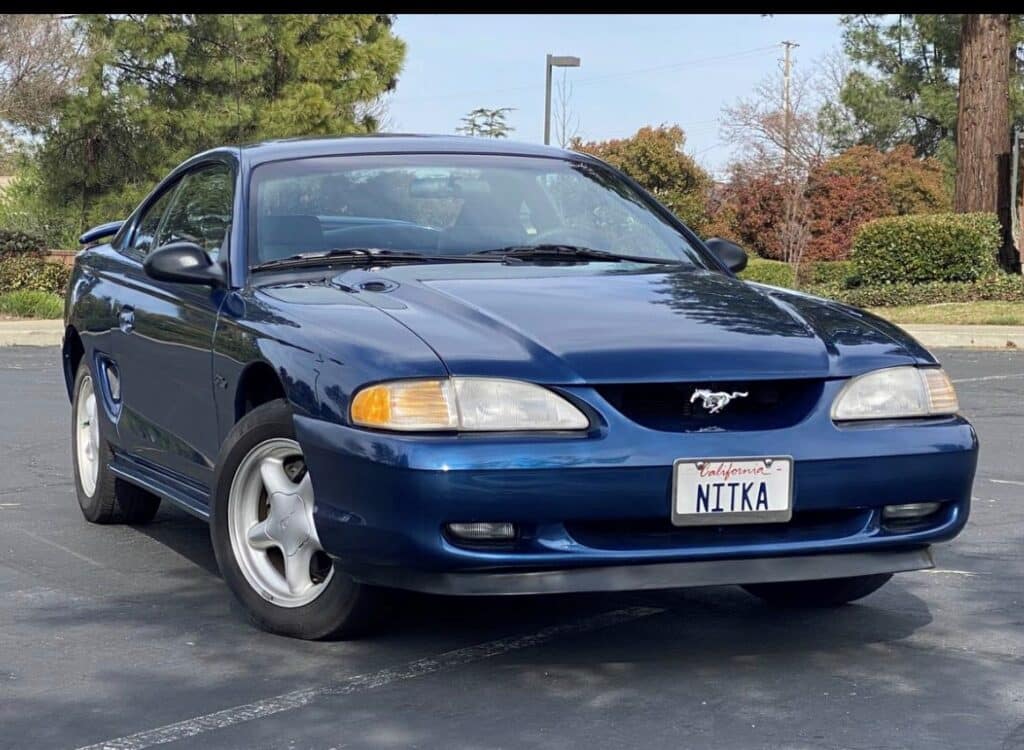
Table of contents
Introduction
Car enthusiasts have the inert need for speed. What better way to embrace a car’s true potential than a day at the track! Building a track car can be pricey, but fortunately there is a way! In this article, we’re going to dive into 5 budget-friendly track cars anyone can obtain!
Best Track Cars On A Budget
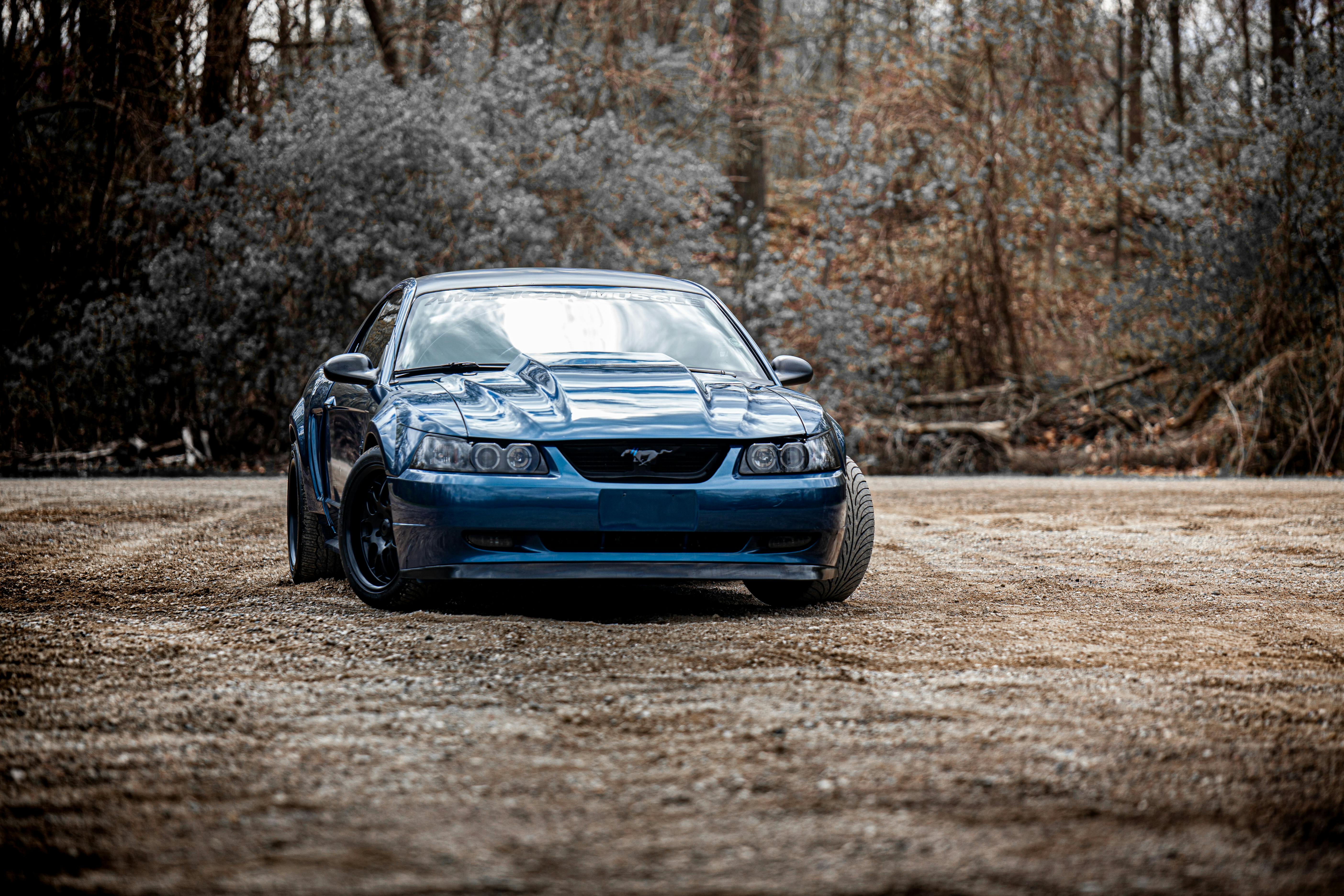
SN95 Mustang
The SN95 Mustang is often overlooked for a track car in today’s market. However, the SN95 is an untapped well of potential for an entry level track car!
SN95 Mustangs from ‘94-‘95 will have the option for a 5.0 Liter motor from the Foxbody whereas the ‘96-‘98 models will have a 4.6 Liter modular engine. The 5.0 Liter engine came in with 215 horsepower compared to the 4.6 Liter’s 225 horsepower. While these numbers are not much for a V8 engine, both engines provide a strong base for aftermarket upgrades. If you go for a New-Edge SN95 GT, you get even more options to build the best track car possible!
Both the 5.0 Liter and 4.6 Liter have plenty of bolt-on power adding options as well as the capability for forced induction. While neither motor may be a drag race dominator, both will produce plenty of power and torque for a time attack or auto cross vehicle.
The SN95 Mustang has a significant amount of suspension and braking upgrades available on the market. Most Mustang owners do not upgrade their car for handling, which is a missed opportunity in my opinion. Upgrading the SN95 with proper handling mods creates a confidence-inspiring driving experience!
While the SN95 is no S650 Mustang GT in terms of performance, it is a great entry level track car. There are tons of articles and forums dedicated to this platform, making your time modifying it much easier.
Now, the best reason to look into an SN95 is the price. SN95 mustangs are under-appreciated and can be purchased for as low as $3000 for a fixer. With this low price point and affordability of upgrade parts, the SN95 Mustang can be your budget-friendly track monster!
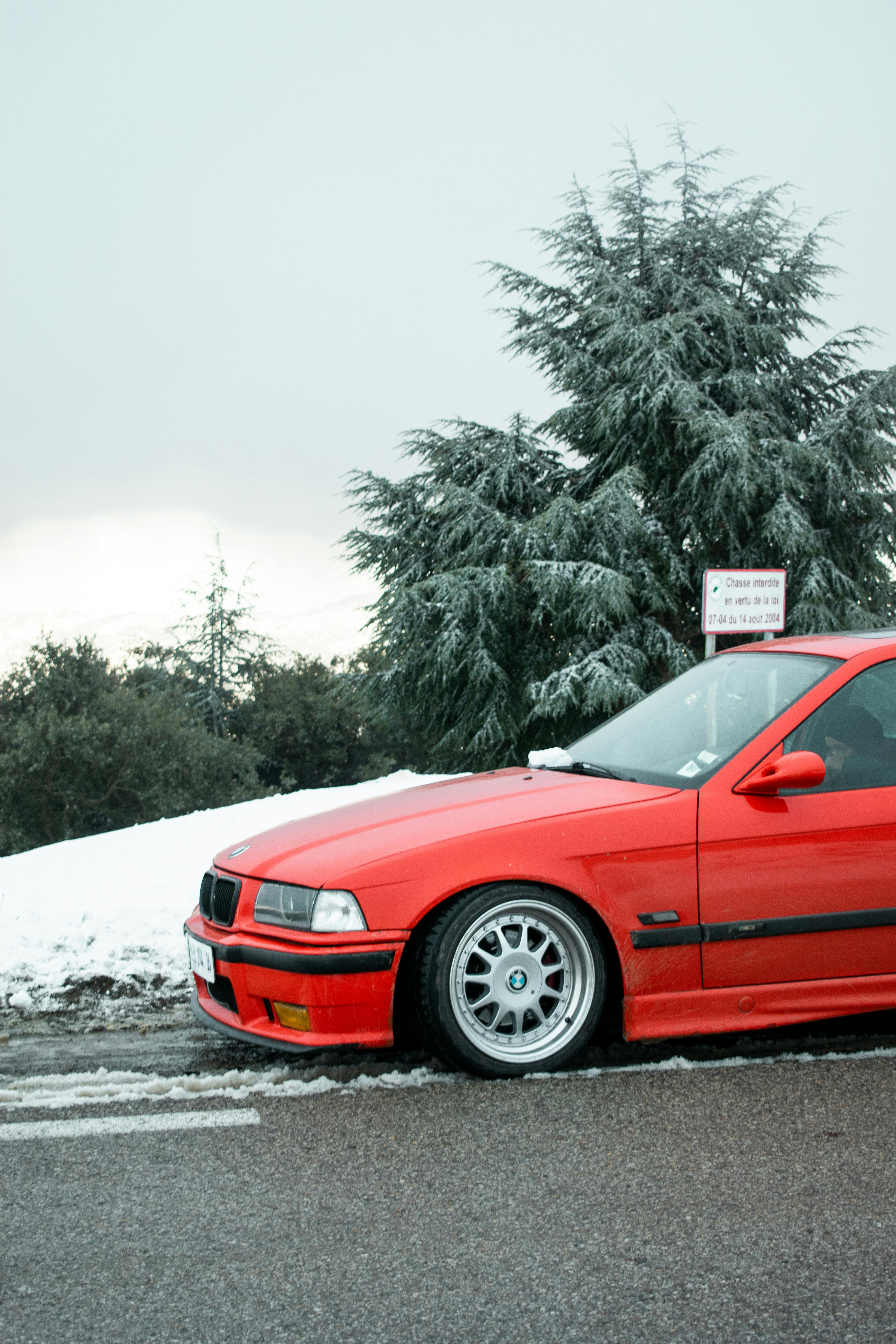
BMW 3 Series
When looking for rear wheel drive platforms, it’s hard to pass up a BMW 3 series. Both the E36 and E46 have provided budget-friendly performance for years and for good reason. Along with a manual transmission being easy to source, the plethora of engine options brings in even more friendly approaches to track cars.
The 3 series comes with either a 4 cylinder motor or the more desirable inline 6 cylinder engines. Most enthusiasts will aim for a manual equipped 6 cylinder as it will give the most flexibility for track days.
While the E36 and E46 have gone up a little in price, it’s still fairly easy to come across one for a track car project. For a German car, the 3 series is a fairly “mechanic friendly” vehicle and has strong aftermarket support. The best part about the 3 series is the community behind them has years of experience and knowledge to tap into. Don’t overlook the BMW and check out the E36 and E46 models and see why they are so popular!

Mazda Miata
For anyone that has been in the car world for awhile, the answer is always Miata. The Miata is a two seater roadster dedicated to the driver experience. As a track car, Miatas are seen anywhere from time attack monsters to V8 swapped drift cars. The track and the Mazda Miata go hand-in-hand. Because of its driving dynamics, the Mazda Miata has been labeled as one of the best JDM sports cars ever created.
Picking up a Miata is also one of the easiest things to do. Fortunately, Mazda mass produced these cars for years and they are everywhere! From the first generation “NA” Miata to the current generation “ND”, the Miata has stood the test of time.
For a project car, finding a broken down Miata to restore and repair is simple. Check out your local classifieds ads or Craigslist and you will see dozens for sale.
Due to the Mazda Miata’s cult-like following, there is massive aftermarket support. From full engine swap kits to high-end suspension parts, the Miata has it all.
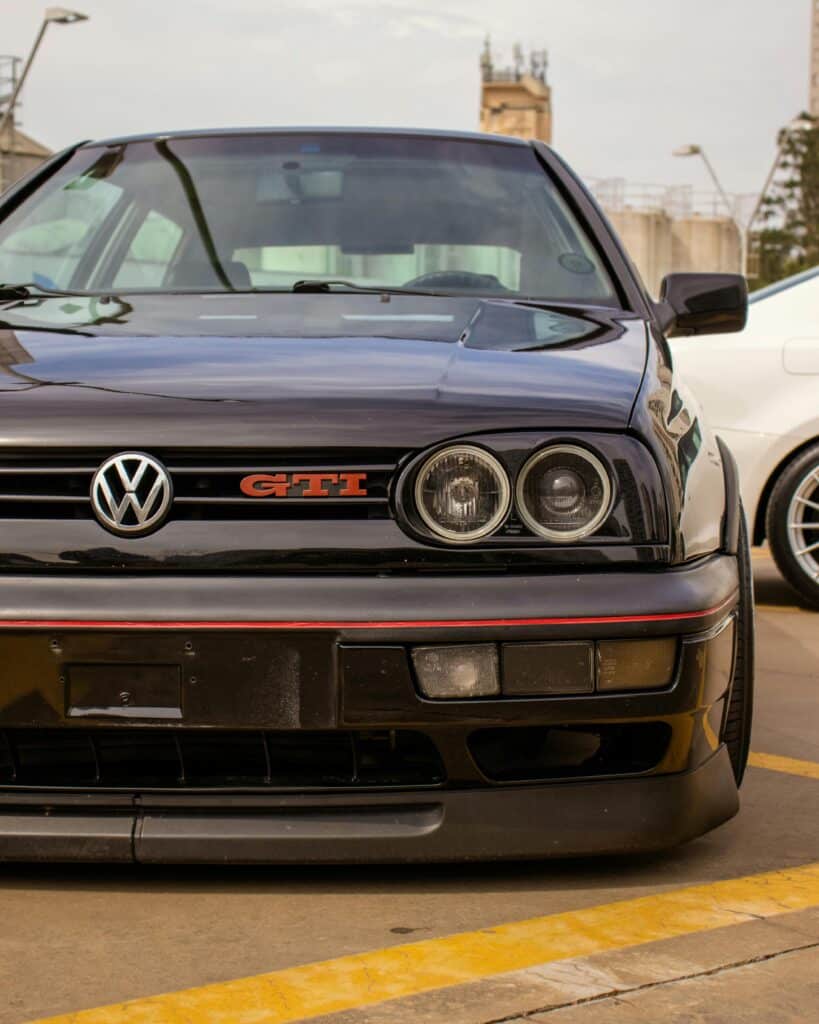
Volkswagen GTI
Regardless of your budget, there is always room for a German Hot Hatch. The GTI has been a part of the car world for decades, providing a fun and exhilarating driving experience for low costs.
My pick for a budget friendly GTI would be a MK4 model. Both the turbocharged 1.8 liter and the VR6 provide a great base for your build. Personally, I’d pick the VR6 for that amazing exhaust sound.
The GTI has some of the best aftermarket performance part support as well as a fantastic community with tons of experience with the platform. You cannot go wrong with this German Gem!
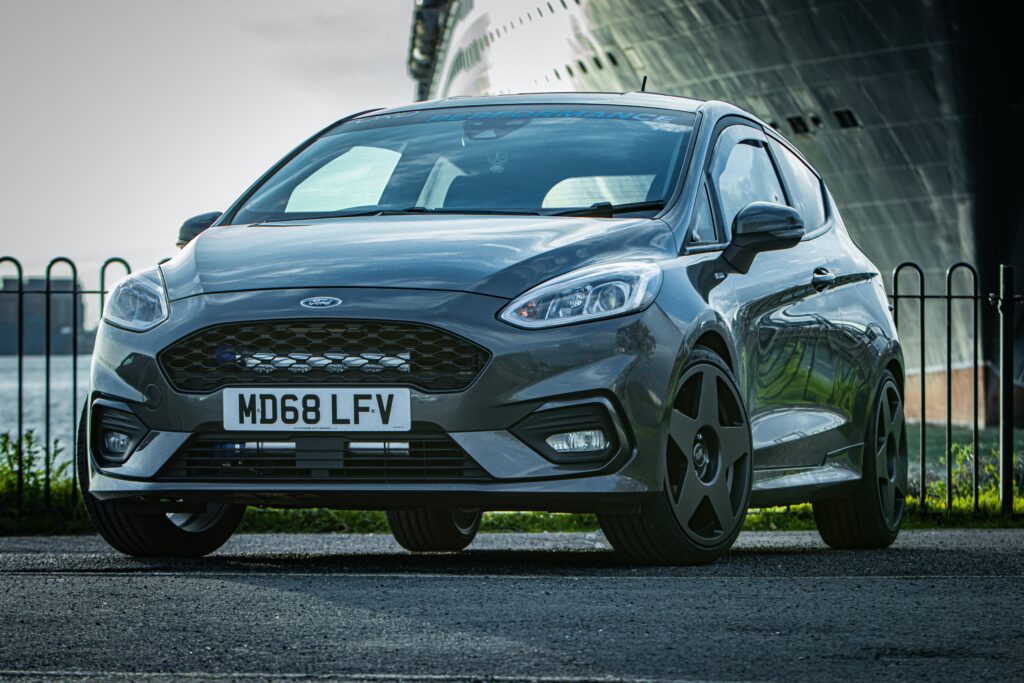
Ford Fiesta ST
Ford released the extremely fun Focus and Fiesta ST models in the North American market back in 2012 and did they make an impression! For years, the North American car market has been deprived of the European hot hatches outside of the Volkswagen GTi. Until 2017, the Fiesta and Focus ST were a hit in the automotive community. This came from their nimble handling, turbocharged power plant, slick manual transmission, and they’re ability to inspire confidence in their drivers. I had the pleasure of owning a 2016 Ford Focus ST and experienced the amazing handling and driving dynamics of this tossable hot hatch.
Fast-forward to today, the Focus and Fiesta STs are now limited to the used car market. Fortunately, the depreciation values have made them a viable option for a project car for the track! The Fiesta ST can be purchased for as low as $8,000 with a really nice example being closer to $12,000. The Fiesta ST aftermarket is massive and provides limitless options for handling and power upgrades alike. Lastly, due to the already lightweight nature of the Fiesta ST (~2700 pounds), you can strip it down even more and increase the power-to-weight ratio with ease! Combine that with some street time and I guarantee you you’ll have a blast at any track day!

Honda Civic
Last but certainly not least is the humble Honda Civic. While to some it’s a meme, to others it’s a symbol of a true DIY track car. The Civic can be modified to your heart’s desire and do anything you want it to.
For years, automotive enthusiasts have made some of the fastest drag racing cars, time attack, and autocross cars from the Honda Civic. A huge aftermarket mixed with an extremely lightweight and easily worked on chassis is a huge advantage for a car.
For the best bang for your buck, look to the 90s model Hondas as they are plentiful and can be found for as low as a $1000. Find a good base for your project and you have a true blank canvas.
Most importantly, Hondas give the greatest racing advantage of all. If you lose, they only beat a Honda. If you win, they lost to a damn Honda!
Conclusion
Having a track car doesn’t always have to be expensive. Pick any of these five options and you’ll be tearing up the track in no time! When you build a track car, make sure to remember budget is a key component of the process. Planning your vision for your best track car is essential and will streamline the journey. Regardless of what car you build, have fun with it and take your car to new heights!
Need help on the buying process? Learn more about what to look for when purchasing a used car with our buyer’s guide!
Want to know more about our new posts and content? Follow us on Instagram!
Frequently Asked Questions
1. What Makes For A Great Track Car?
In my opinion, the best track cars are going to have the following characteristics: Large part support, ease of maintenance, and a solid transmission. First, you need to be able to gather parts both for upgrades and for repairs. There’s a reason you see Hondas at every track day. You can get parts for them anywhere in the world. Same goes for those who LS swap their cars. You can go to any auto parts store in the USA and find parts for a Chevy LS platform.
Next, your track car will break, so you need to ensure you can fix it easily. Many European cars like Audis take a lot of extra steps to work on, even for routine maintenance. If you want your car to be able to race weekend after weekend, you’re going to need to be able to fix it easily.
Lastly, a durable transmission that shifts well is a necessity. Your car is going to be moving closer and closer to it’s peak performance. Also, you will be revving your car up to redline most of the time you’re on the track. Your transmission needs the durability to withstand that. Lastly, having a sports-oriented transmission like a manual or dual-clutch will make the track experience much better. With one of those options, you will be able to choose your gears with ease and not worry about an automatic transmission shifting at an inopportune time.
2. What Should I Budget For With Owning A Track Car?
With track cars, you’ll need to consider many variables depending on your car. How are you getting your car to the track? Will you have to tow it or can it make it there and back on its own? How often will you be taking your car to the track? These are questions often overlooked by many track car enthusiasts. Expect to spend much of your money on repair costs, tires, brake equipment, and safety equipment. You can’t put down fast lap times with a broken car or on worn tires!
While it is an awesome sport, racing cars costs money. If I can give you any advice, it is to not cheap out on brake equipment or tires. Those are not only going to give you the best improvements to your times, but it is one of the most critical aspects of racing safely.

Keep up with the latest articles, content, and special offerings by signing up for our email newsletter!
